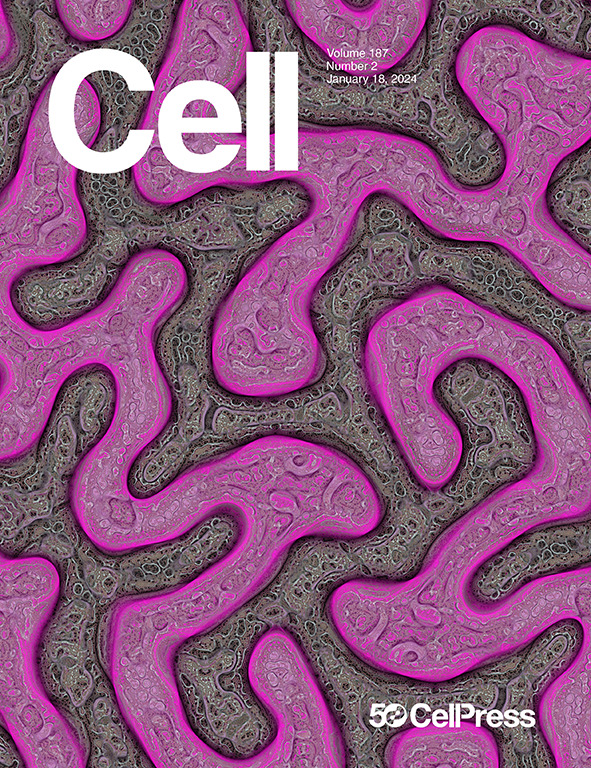Macrophages direct location-dependent recall of B cell memory to vaccination
IF 45.5
1区 生物学
Q1 BIOCHEMISTRY & MOLECULAR BIOLOGY
引用次数: 0
Abstract
Vaccines generate long-lived plasma cells and memory B cells (Bmems) that may re-enter secondary germinal centers (GCs) to further mutate their B cell receptor upon boosting and re-exposure to antigen. We show in mouse models that lymph nodes draining the site of primary vaccination harbor a subset of Bmems that reside in the subcapsular niche, generate larger recall responses, and are more likely to re-enter GCs compared with circulating Bmems in non-draining lymph nodes. This location-dependent recall of Bmems into the GC in the draining lymph node was dependent on CD169+ subcapsular sinus macrophages (SSMs) in the subcapsular niche. In human participants, boosting of the BNT162b2 vaccine in the same arm generated more rapid secretion of broadly neutralizing antibodies, GC participation, and clonal expansion of SARS-CoV-2-specific B cells than boosting of the opposite arm. These data reveal an unappreciated role for primed draining lymph node SSMs in Bmem cell fate determination.

巨噬细胞直接定位依赖性回忆B细胞对疫苗接种的记忆
疫苗产生寿命较长的浆细胞和记忆B细胞(Bmems),它们可能重新进入次级生发中心(GCs),在增强和再次暴露于抗原后进一步使其B细胞受体发生突变。我们在小鼠模型中发现,与非引流淋巴结中的循环Bmems相比,初次接种部位的淋巴结中含有一组Bmems,这些Bmems位于包膜下生态位,产生更大的回忆反应,更有可能重新进入GCs。Bmems在引流淋巴结中进入GC的位置依赖性召回依赖于囊下生态位中的CD169+囊下窦巨噬细胞(SSMs)。在人类参与者中,在同一组中增强BNT162b2疫苗比在另一组中增强更快速地分泌广泛中和抗体、GC参与和sars - cov -2特异性B细胞的克隆扩增。这些数据揭示了启动引流淋巴结ssm在Bmem细胞命运决定中的未被重视的作用。
本文章由计算机程序翻译,如有差异,请以英文原文为准。
求助全文
约1分钟内获得全文
求助全文
来源期刊

Cell
生物-生化与分子生物学
CiteScore
110.00
自引率
0.80%
发文量
396
审稿时长
2 months
期刊介绍:
Cells is an international, peer-reviewed, open access journal that focuses on cell biology, molecular biology, and biophysics. It is affiliated with several societies, including the Spanish Society for Biochemistry and Molecular Biology (SEBBM), Nordic Autophagy Society (NAS), Spanish Society of Hematology and Hemotherapy (SEHH), and Society for Regenerative Medicine (Russian Federation) (RPO).
The journal publishes research findings of significant importance in various areas of experimental biology, such as cell biology, molecular biology, neuroscience, immunology, virology, microbiology, cancer, human genetics, systems biology, signaling, and disease mechanisms and therapeutics. The primary criterion for considering papers is whether the results contribute to significant conceptual advances or raise thought-provoking questions and hypotheses related to interesting and important biological inquiries.
In addition to primary research articles presented in four formats, Cells also features review and opinion articles in its "leading edge" section, discussing recent research advancements and topics of interest to its wide readership.
 求助内容:
求助内容: 应助结果提醒方式:
应助结果提醒方式:


